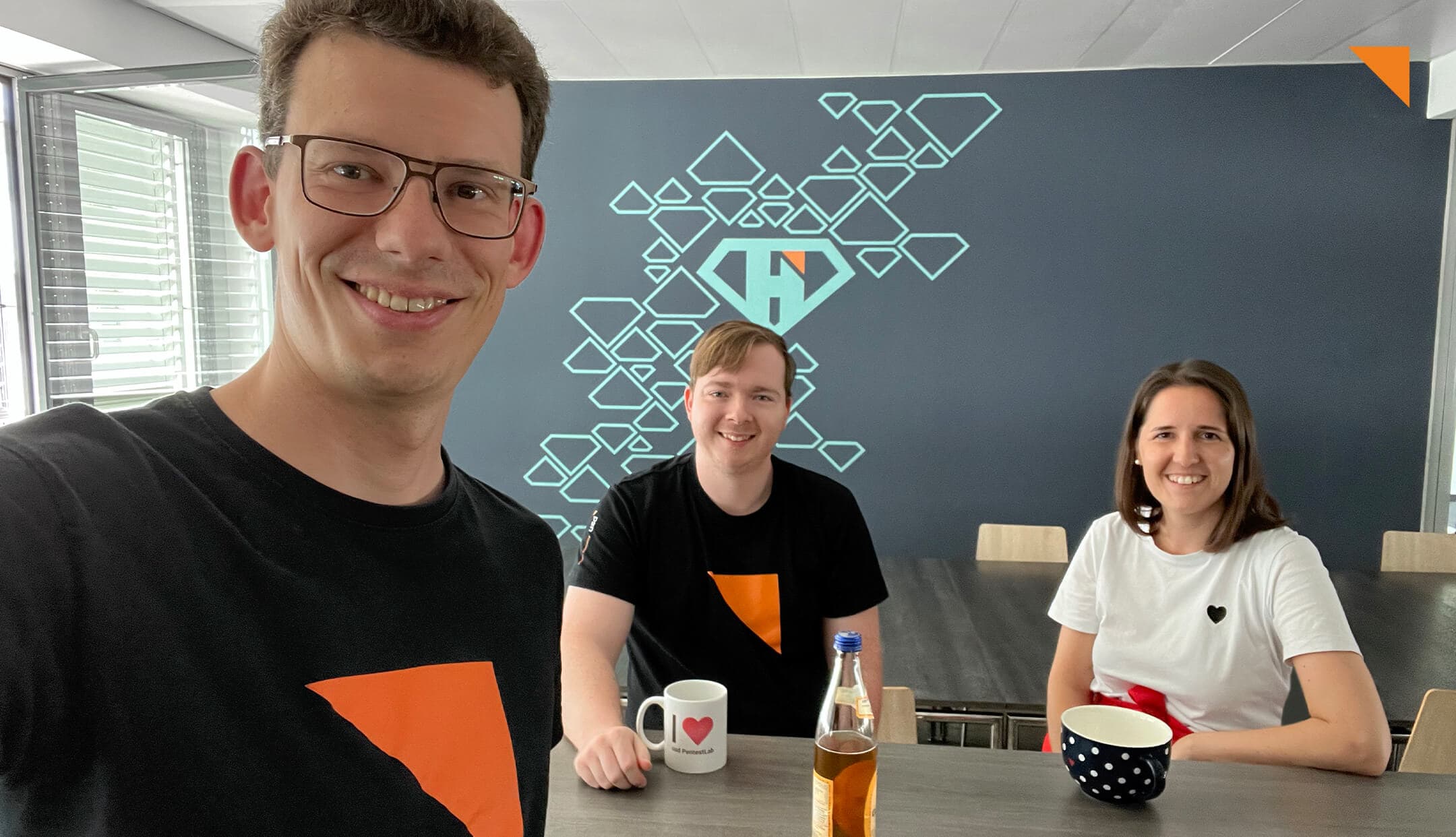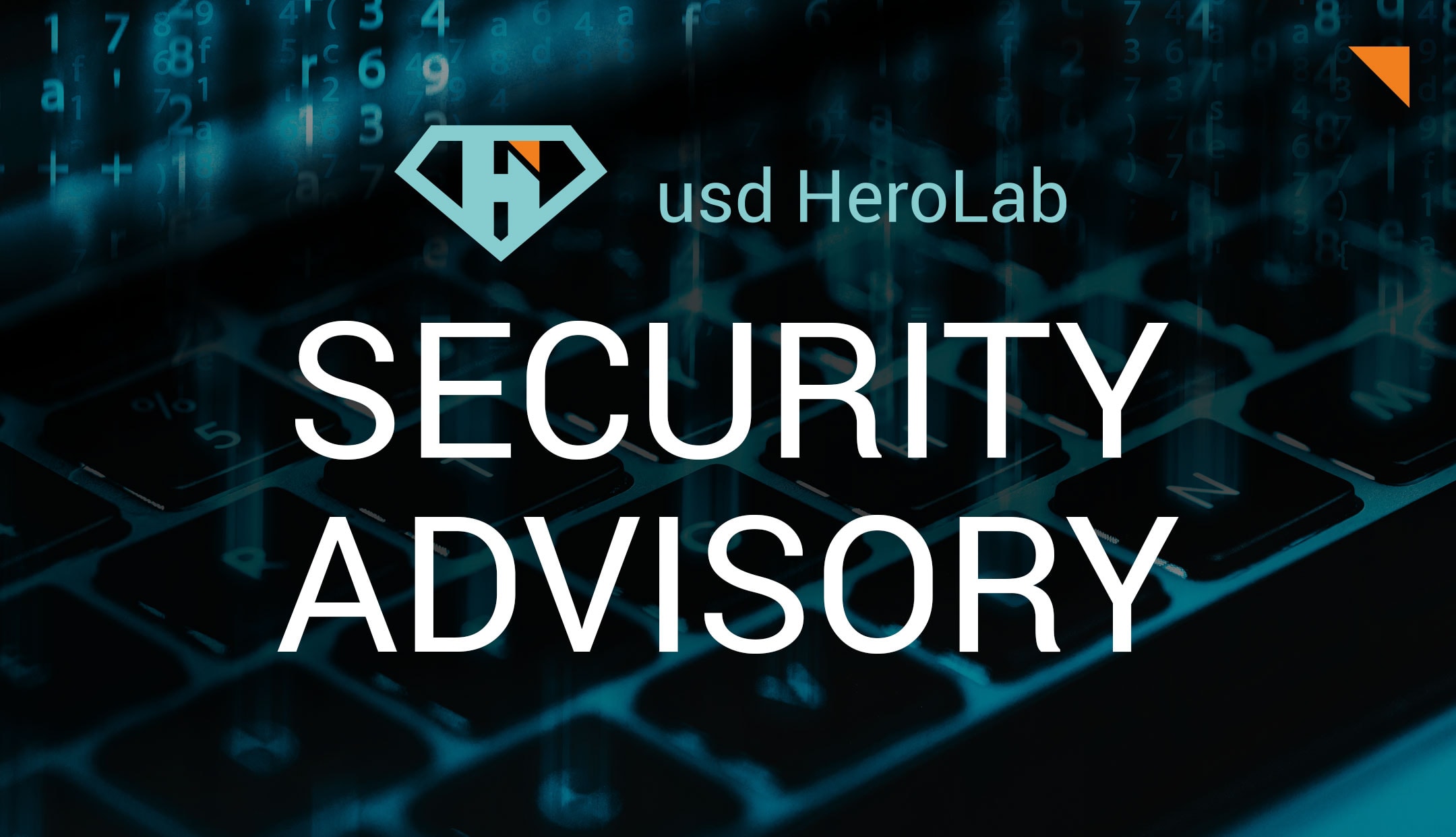IT infrastructures are becoming ever more complex, threats ever more critical. Hence, it is crucial for companies to have a comprehensive overview of their own security situation, to identify vulnerabilities as early as possible and to deal with them in a structured manner. Dealing with a lot of vulnerability reports can be a considerable feat.
Markus Ritter, Managing Security Consultant at usd HeroLabs uand responsible for Vulnerability Management Services, on what it takes to correct vulnerabilities in a structured manner and derive the corrective measures required to improve IT security.

What Are The Challenges Associated With Final Reports on Technical Security Analyses?
The real work for a sustainable increase in the IT security level starts after the performance of technical security analyses such as pentests or security scans - specifically, when the final reports have been received. Many companies are faced with major challenges when it comes to dealing with such reports. In addition, scan results may contain seemingly relevant vulnerability reports that, once checked, pose little or no risk to your company (e.g., false positives). Particularly at the start of the project and when many systems and applications have been analyzed for vulnerabilities, the following questions, among others, come up when evaluating the results reports:
- How do I manage the enormous amount of data on possible vulnerabilities?
- Where is the best place to start?
- How do I prioritize the results?
- How do I efficiently filter out false positives?
- Which contacts need to be involved?
- How do I monitor the progress of vulnerability remediation?
- How can I avoid future security problems?
Particularly at the beginning, it can be difficult to answer these questions, as there is often a lack of expertise and other resources to do so. This can result in relevant vulnerabilities not being handled and thus the risk of becoming a victim of a hacker attack not being minimized. In addition, these vulnerabilities will come up repeatedly in follow-up analyses, respectively complicating their follow-up.
How Do I Get Started With Vulnerability Management?
Being confronted with many vulnerability reports can be overwhelming for everyone involved. It's important that you don't start processing all the reports at once. Prioritize vulnerabilities, focusing on those with the highest risk to your business. IT assets that are particularly worthy of protection can often be defined without a comprehensive analysis of risk or protection needs. Examples include business-critical systems or those that can be accessed from the Internet. Focus initially on precisely these IT assets, as well as on the particularly critical vulnerability reports. The 5-level criticality classifications of the vulnerabilities defined in the final report can be used as a starting point. Divide the work into small packages. In this way, you will quickly achieve an improvement in your security level. Continue in the same way with the rest of your IT assets, ranking the vulnerability reports in descending order of criticality.
In order to keep the risk of becoming a victim of a hacker attack as low as possible in the long term, structured vulnerability management is essential. It enables you to identify vulnerabilities in your IT systems at an early stage, fix them efficiently, and thus reduce points of attack. To set up a structured vulnerability management, your gained experience from the initial phase can be used to develop suitable processes and select appropriate tools.
How Can We Help?
Our security analysts and consultants have years of project experience in planning, conducting and following up on technical security analyses as well as setting up and operating information security management systems (ISMS). This enables us to support you in all facets of the project. Depending on your specific needs, we offer comprehensive support throughout the project cycle as part of our Vulnerability Management Services. The diagram below shows the possible phases of controlled vulnerability management.
During the follow up of technical security analyses, for example, this includes the joint review of the final report in order to efficiently evaluate the vulnerability reports and prioritize the remediation accordingly. Through our expertise, for example, we can support you in filtering out false positives quickly and easily. Furthermore, we identify vulnerabilities together with you that can be remediated with little effort in order to quickly achieve initial success in increasing your IT security level. Some vulnerabilities are not easy to close because, for example, complex dependencies have to be taken into account when fixing them. Here we support you in the selection of suitable mitigating measures, risk derivation and subsequent possible risk assumption.
We also assist you in introducing and establishing processes as well as suitable tools for remediation and tracking of vulnerabilities. Furthermore, it is important to maintain your IT security at a constantly high level and thus minimize your risk of becoming a victim of a successful hacker attack. This comprises measures such as the training of your employees or modifications of systems and processes. We provide you with consulting or concrete hands-on support during operations.
Whether you are just starting out with your vulnerability management, have already established processes and tools, or are planning to conduct technical security analyses – we support you. Please feel free to contact us.



